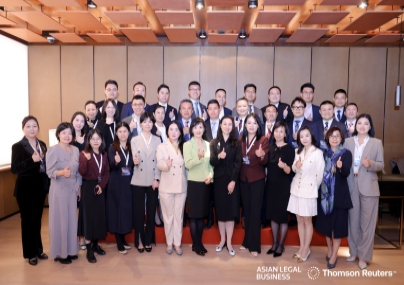By Michelle Chen
Offshore investors are rallying behind China's undervalued equities by plowing billions of dollars into Hong Kong's exchange-traded funds denominated in the yuan currency.
As a scheme to allow more foreign inflows into Chinese stocks draws near, fund managers are wagering on a sustained rebound for the Shanghai Composite Index .SSEC after a prolonged four-year slump has opened up opportunities to buy on the cheap.
"There were some switchings from markets where fund managers had gained positive returns to places that they thought there could be more opportunities, and China was be one of them," said Jackie Choy, an ETF strategist at researcher Morningstar.
ETFs under the Renminbi Qualified Foreign Institutional Investor (RQFII) posted significant net inflows of 8.2 billion yuan ($1.33 billion) last month, the highest since December 2012 and nearly doubling from June, according to Morningstar data.
The majority of the net inflows went into the CSOP FTSE China A50 ETF, which attracted an estimated 6.8 billion yuan, followed by the Bosera FTSE China A50 Index ETF, which drew an estimated 2.4 billion yuan.
A strengthening of the Chinese currency, which has gained 2 percent from 18-month lows hit in April this year, and a recovering economy, have also helped draw foreigners to these ETFs, analysts say.
Launched in 2011, RQFII enables financial institutions to use offshore yuan to invest in the mainland's securities markets.
Foreign investors, who cannot directly invest in mainland equities, have eagerly embraced the QFII and RQFII schemes to tap China's onshore market.
Chinese equity markets were among the worst performers in the first half of this year. The Shanghai Composite Index dropped 3.2 percent, while the U.S. market was up 7 percent during the same period.
However, the A-share index has rebounded by nearly 10 percent in the past month as investors prepared for the launch of the stock connect that is set to make a debut in October and speculate on price convergence of dual-listed shares. A-shares are generally only available for purchase by mainland residents.
Stock connect would allow mainland investors to trade shares in designated companies listed in Hong Kong, and at the same time let Hong Kong investors buy shares in Shanghai-listed firms.
Exhausted quotas
Thanks to this surge in fund flows, the Hong Kong Monetary Authority (HKMA) has had to intervene in the foreign exchange market in recent weeks to protect the Hong Kong dollar's currency peg with the U.S. dollar. The total injection of funds was around HK$75 billion ($9.68 billion) since July 1, a large chunk of it due to capital inflows into markets.
"Market sentiment has started to change in the past two to three weeks and fund managers are no longer that pessimistic about China," Norman Chan, chief executive at the Hong Kong Monetary Authority, told reporters last Tuesday.
Chan was referring to the recent economic data suggesting China may have arrested a sharp loss of momentum at the start of the year.
The increased appetite has also seen RQFII quotas being exhausted quickly in the past few months, prompting fund mangers to apply for fresh quotas from China's State Administration of Foreign Exchange (SAFE).
"We've been asking for new quotas almost every month since April and so far more than 99 percent of our mutual fund quota worth of 42.6 billion yuan has been used up," said a person with direct knowledge of RQFII business at CSOP Asset Management.
CSOP is the largest RQFII manager with a quota of 44.6 billion yuan as of end-July. Its FTSE China A50 ETF saw a record high daily trading volume of HK$3.7 billion on August 1, topping all stocks and ETFs listed in Hong Kong, Shanghai and Shenzhen.
China has approved a total of 257.6 billion yuan RQFII quotas to 72 asset managers by the end of July, accounting for more than 95 percent of the 270 billion yuan quota the former British colony was granted, according to SAFE statistics.


